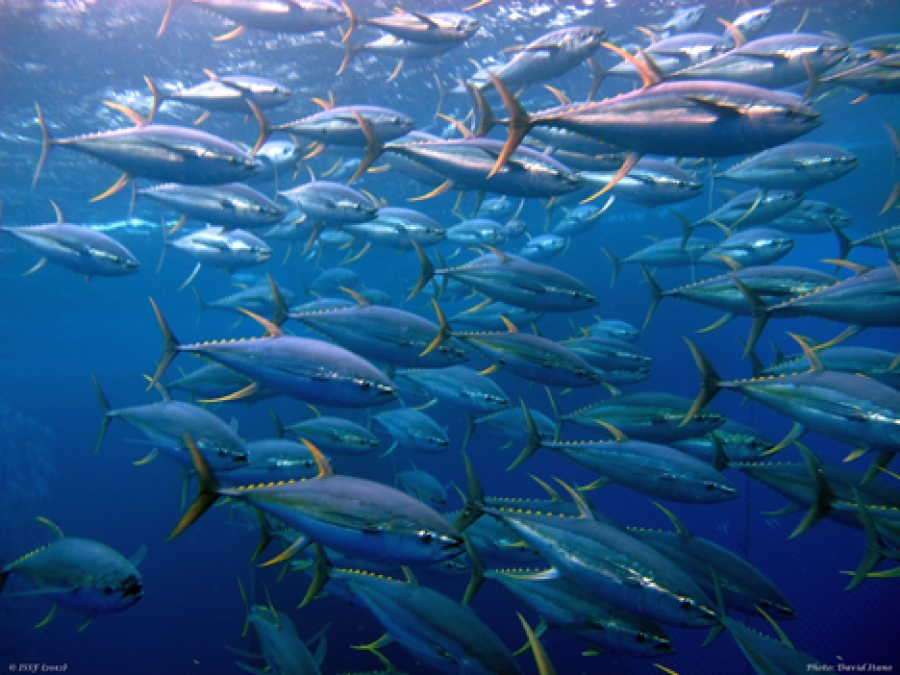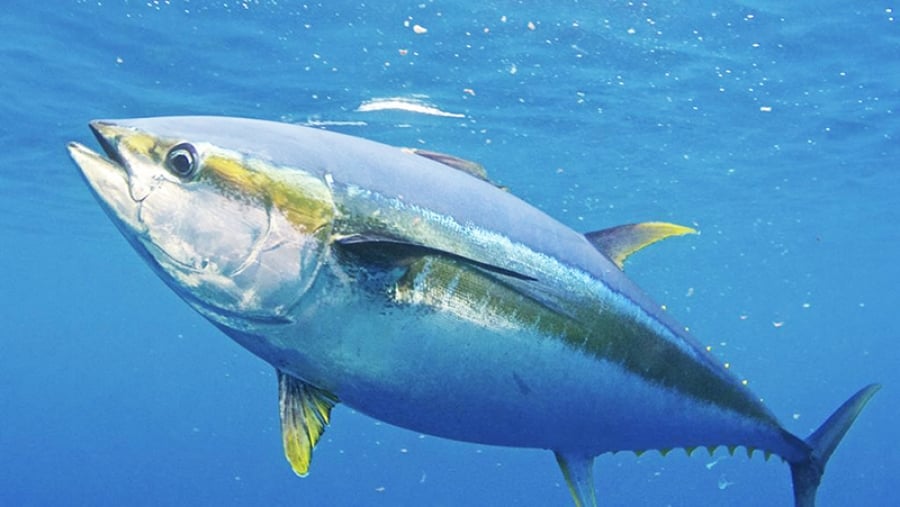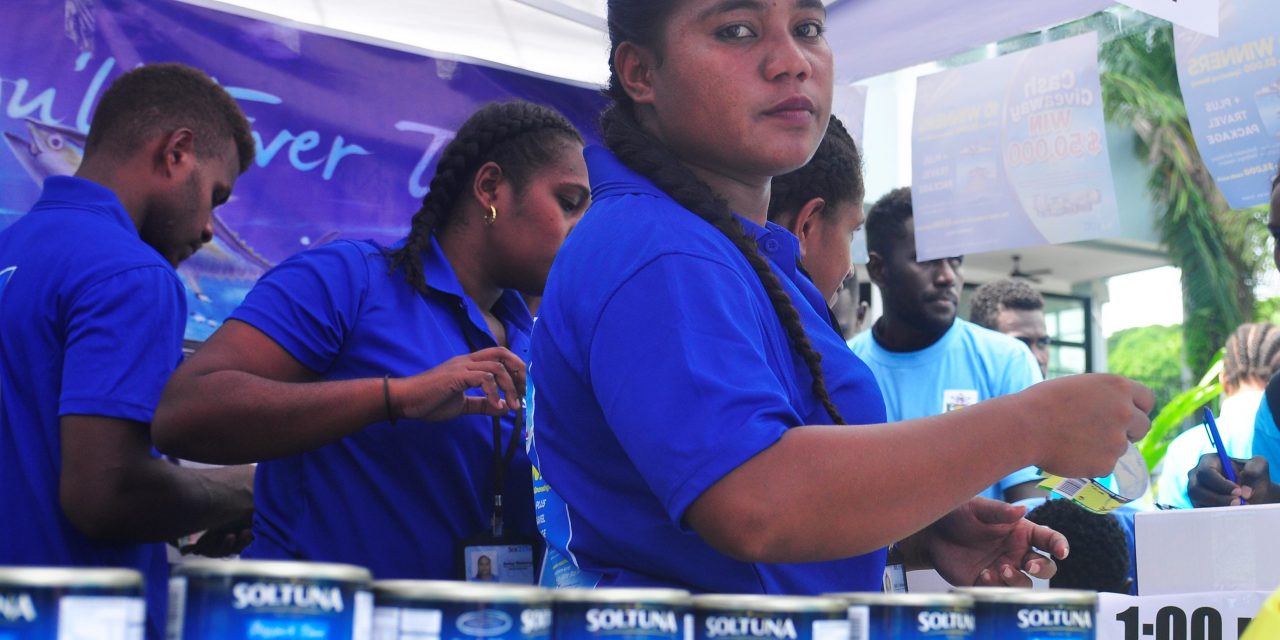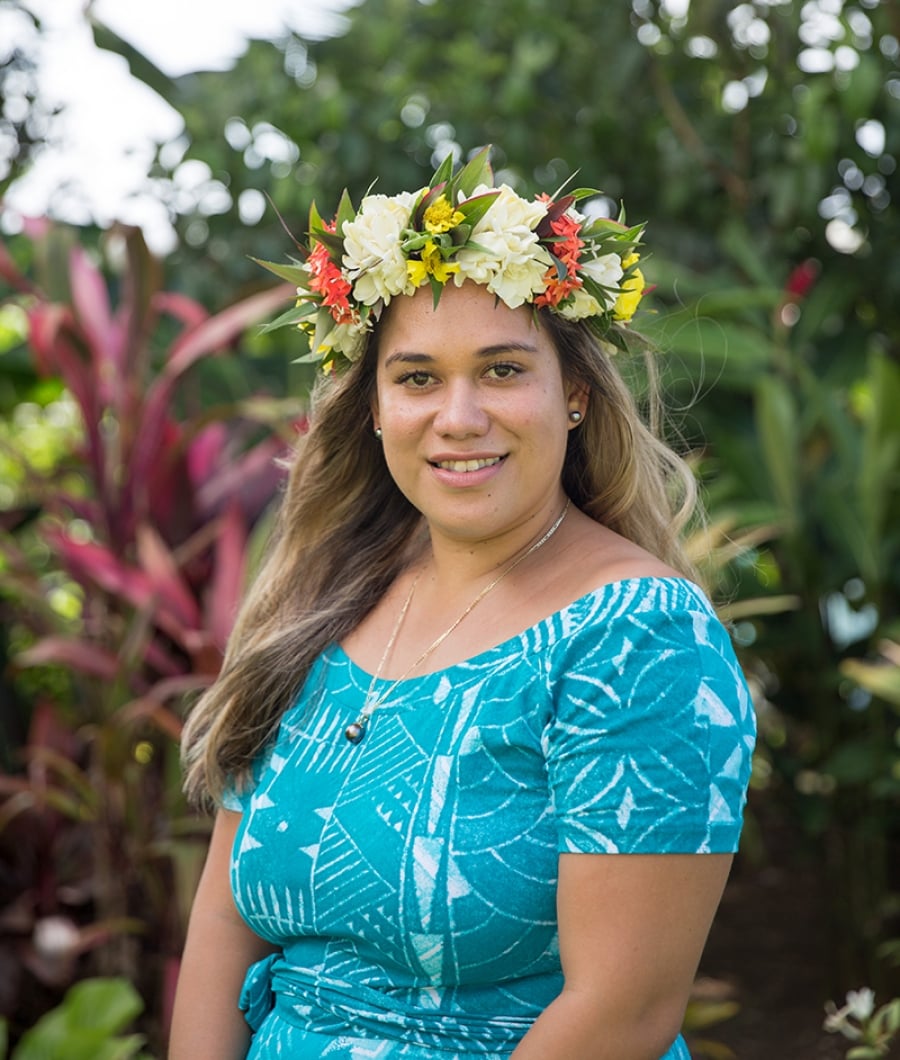The current climatic conditions are affecting fresh fish catch rates across the artisanal and commercial sectors of Rarotonga.
The Head of the Cook Islands Ministry of Marine Resources (MMR) has refuted claims that overfishing is the cause of low fresh fish supplies that have affected Rarotonga’s residents and visitors for over a month.
Marine resources Secretary Pamela Maru said the current low supply of fresh fish should be attributed to environmental conditions that play a major role in seasonal catch rates.
“Insinuations about overfishing are unfounded and false,” Maru said.
“The stock assessments for albacore, yellowfin, bigeye and skipjack tuna all put them well within healthy ranges, i.e. no overfishing is occurring and they are not being overfished.”
Maru said the fish stocks are being sustainably managed.
“Environmental conditions play a big role in fluctuations in seasonal and annual catch rates and this is what we are currently experiencing,” she said.
“For overfishing to occur, fishing across the Pacific would have to increase by an order of magnitude that is not economically viable, because that would mean more time, effort and cost to catch less fish.”
In recent weeks, small-scale fishermen in Rarotonga have reported coming back mostly empty and some people affected by the shortage said it’s the worst it has ever been.
Fresh Fish Company Owner, Timothy Vaikai acts as a middle man between local fishermen and buyers.
Vaikai told Cook Islands News on Monday, based on data collected over 11 years that his business had operated, they’ve never witnessed the fish supply this low before.
On a similar note, Cook Islands Fishing Association president Don Beer said he had never seen a similar situation.
Some fishermen said they believe overfishing as the main reason for the lack of fish.
Maru said Rarotonga sits on the periphery of the tropical tuna fishery – which includes locally popular species such as albacore and yellowfin – and the southern group is strongly influenced by seasonal changes.
She said this was well known amongst local fishers and right now they’re experiencing a low season.
“The wahoo season should have commenced already, however, anecdotal reports suggest that there isn’t much coming through our waters just yet.
“This also correlates with the late arrival of whales, which we should be seeing now too.”
Maru said commercial fleets in the northern Cook Islands are also reporting low catches despite this being the time of year when it should be picking up.
“This indicates that the current climatic conditions coupled with the time of year (season) are really affecting catch rates across the artisanal and commercial sectors,” she said.
Maru said catch rates for different species vary across the seasons.
At the start and end of the year, catch rates for species like yellowfin do particularly well and mid-year wahoo becomes a dominant catch. She said commercial fleets will see an initial pulse in activity from July to August as fish migrate east and south through the Cook Islands exclusive economic zone, then again in October when fish stocks move back westward.
Maru said fish caught in Rarotonga is also quickly consumed by the domestic market, which includes locals, businesses and tourism-related operations.
“Last year complaints were made about the inability to sell all the fish that was being caught.”
She said this did not lead to insinuations made about the size of the tuna stocks.
“It was however due to the shrinking of the domestic market with no tourists on island in 2020,” said Maru.
This story was produced by Caleb Fotheringham, published at Cook Islands News on 22 July 2021, reposted via PACNEWS.




